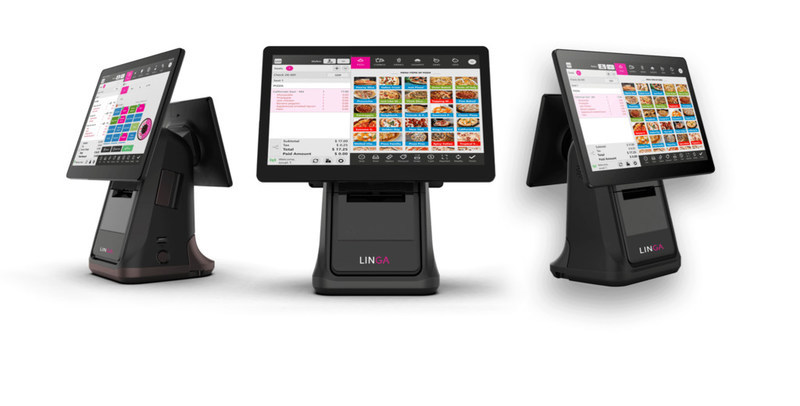
LINGA’s Newest Partnership Could Mean an Improved Payment Processing Speed and Reduced Operating Costs for Merchants
LINGA, the all-in-one cloud-based restaurant operating system(rOS) provider has entered into a partnership with Evertec, one of the Caribbean and Latin America’s largest payment processing providers, to focus on improving payment acceptance speed, technology, and revenues for the Puerto Rican and Latin American Markets.
LINGA will be the rOS (restaurant Operating System) provider for Evertec’s merchants ranging from enterprise to franchised systems to single location restaurants. This partnership agreement with Evertec also includes offering to merchants the POS (point-of-sale) processing solution exclusively.
“We are extremely excited to work with a company like Evertec. Our rOS technology and their payment processing experience in the region and acquisition power will change the industry by closing the gap between the processing and point of sales experiences for businesses in the Puerto Rico and Latin American markets,” says Onur Haytac Founder and Chief Executive Officer of LINGA. “Our rOS platform will reduce the cost of acquiring merchants in the long run by reducing churn and enabling merchants with the latest stack of technologies for their business,” continued Haytac.
In 2021 Evertec’s payment networks processed over 3 billion transactions in 26 countries. LINGA rOS® was named the “Best Restaurant POS System for 2019, 2020, and 2021” by Business.com. LINGA operates in 88 countries and 36 languages and experienced a 50% growth last year despite the pandemic.
“With Linga’s deep expertise in the restaurant market, we are excited about our ability to enhance our Smart POS portfolio to better service the restaurant management space improving their overall payment experience making it more convenient, easier and faster to process payments,” added Guillermo Rospigliosi, Evertec’s Chief Product & Innovation Officer.
About LINGA
LINGA rOS® is the preferred Platform-as-a-Service solution for restaurant and retail Operating Systems. LINGA burst on the scene as the first open API platform cloud-based POS system designed to serve the hospitality industry and now stands as the most sophisticated restaurant operating system, and most recently launched in the retail industry. LINGA has provided its completely customizable cloud-based restaurant operating system and user-friendly solutions to the industry since 2004.
About Evertec
EVERTEC, Inc. is a leading full-service transaction processing business in Puerto Rico, the Caribbean and Latin America, providing a broad range of merchant acquiring, payment services and business process management services. Evertec owns and operates the ATH® network, one of the leading personal identification number (“PIN”) debit networks in Latin America. In addition, the Company manages a system of electronic payment networks and offers a comprehensive suite of services for core banking, cash processing and fulfillment in Puerto Rico, that process more than three billion transactions annually. The Company also offers technology outsourcing in all the regions it serves. Based in Puerto Rico, the Company operates in 26 Latin American countries and serves a diversified customer base of leading financial institutions, merchants, corporations, and government agencies with “mission-critical” technology solutions. For more information, visit www.evertecinc.com.

